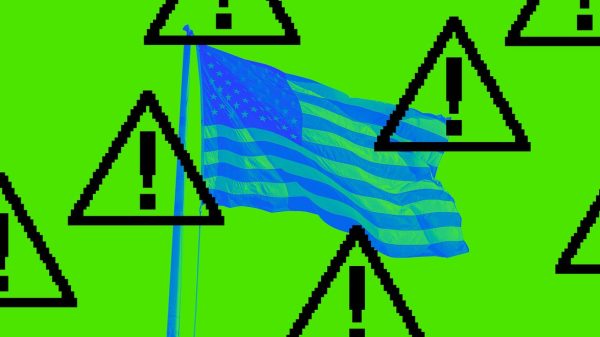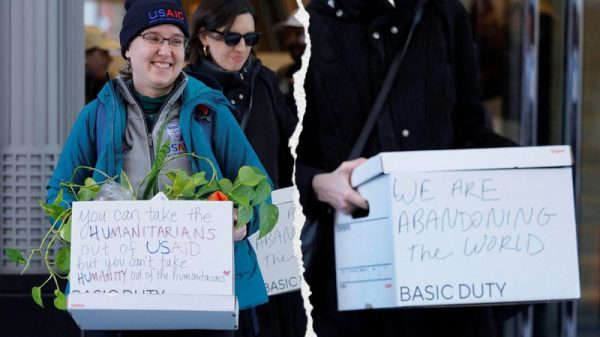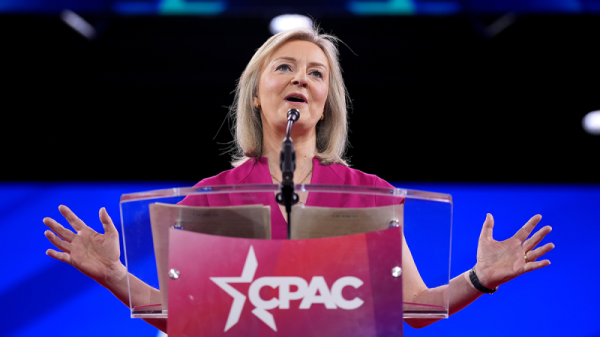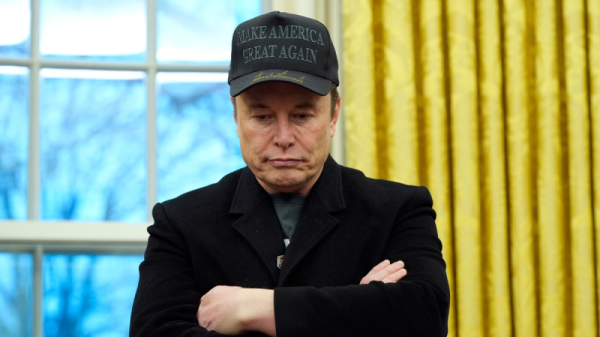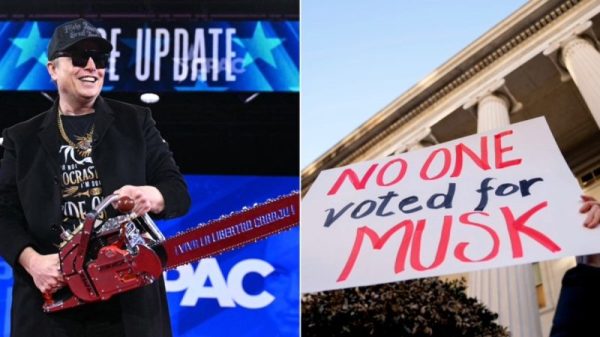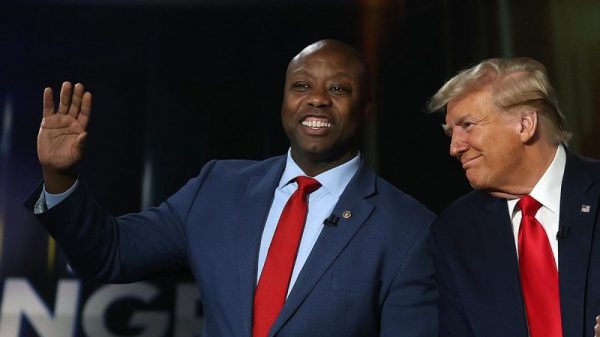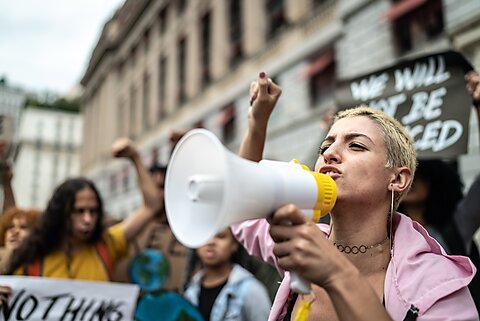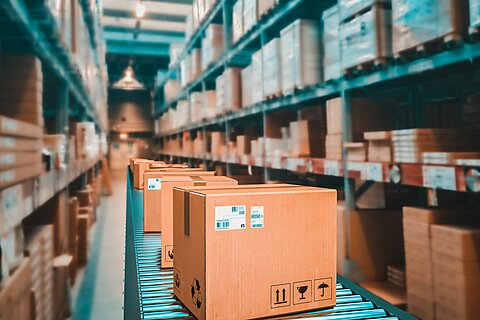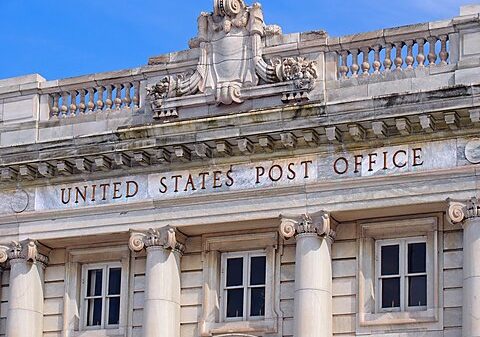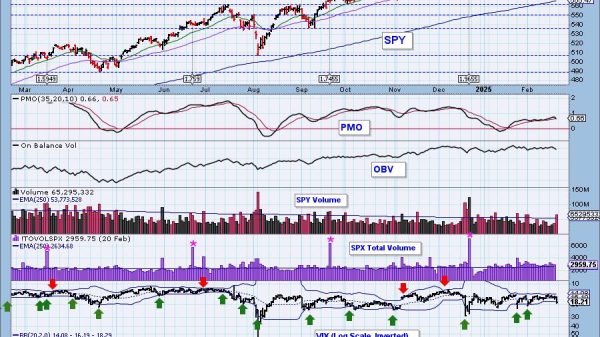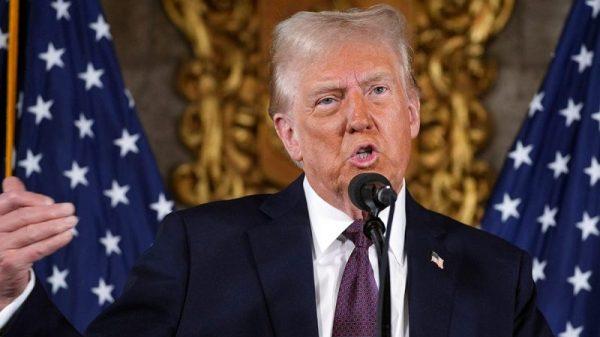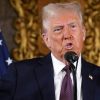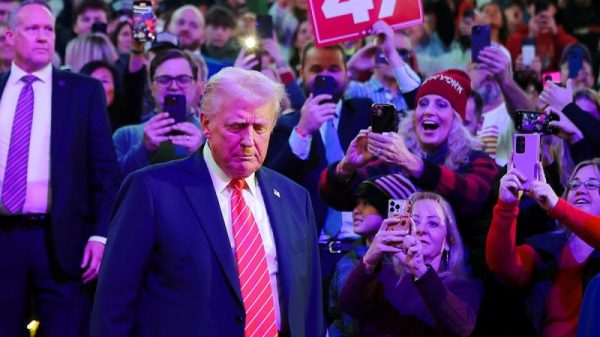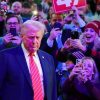On February 7, President Donald Trump announced his intention to unveil a “reciprocal tariff” system sometime next week, so that the United States is “treated evenly with other countries.” Trump didn’t provide details of how such a system would work. But it appears he wants US tariffs on countries’ imports to match their tariffs on US exports: “They charge us. We charge them. It’s the same thing.”
Such a system raises a host of legal, economic, and practical concerns, but, being a Friday afternoon and all, I just have two basic questions for now:
First, does this mean that the US government will reduce tariffs on imports from the many countries that have lower tariffs than we have? As Figures 1 and 2 show for trade in manufactured goods and other non-agricultural goods, the United States does not have the lowest tariffs in the world and instead ranks somewhere in the middle among wealthy, industrialized countries. (Tellingly, only really poor countries have very high tariffs, but that’s a discussion for another time.) Should Trump’s system be based on average tariff rates, then “true” reciprocity would require US tariff rate reductions on goods from dozens of countries.
As seen in Table 1, moreover, a country-to-county comparison would raise similar questions. There, we see that tariffs applied on US non-agricultural exports by the United States’ top export markets are about the same—sometimes a little higher, but also sometimes a little lower (see bold/italic numbers)—as those applied by the United States on the same goods from the same places.
By this metric, a new reciprocal system means reduced US tariffs on manufactured goods from Europe, Mexico, Canada, or the UK, where, depending on how you measure the average, tariffs are actually lower than what the United States applies.
Second, will there be reciprocity for the other protectionism? As I wrote a few months ago:
…Washington uses many “non-tariff” measures to impede foreign competition. This includes subsidies, quotas, “Buy American” restrictions, the Jones Act (drink!), and regulatory protectionism like the FDA’s blockade on baby formula. We’re also one of the biggest users of “trade remedy” measures (anti-dumping, especially) and today apply more than 700 special duties on mainly manufactured goods like steel and chemicals.
Indeed, according to the independent Global Trade Alert, which monitors nations’ trade liberalization and protectionist policies, the United States has had the most “harmful” trade interventions—tariffs, non-tariff barriers, subsidies, etc.—of any nation since late 2008.
One can reasonably quibble with the organization’s methodology, but that wouldn’t change the basic point: many foreign nations do have protectionist barriers against American goods, services, and investment, but the United States is no saint here either. Instead, all countries’ trade policies have their political sacred cows (sometimes literally targeting cows!), and some countries are surely better than others. But the idea that the United States must adopt “reciprocity”—and in the process become a tariff-wielding protectionist outlier—because of some grave historical trade injustice is just detached from reality.



